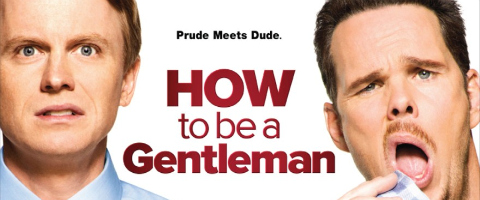CBS Print Ads In People Magazine Come To Life

I must admit, there aren't many new marketing techniques that really make me stop and say "Huh, that's cool." Like this whole recent QR Code obsession, I don't understand the desire to scan every code you see just to find out what it might link to. Curiosity I guess. However, the past few days have seen some pretty cool viral ad campaigns, first with the bacteria based billboard for Contagion and now CBS is making their print posters come to life.
I'm not talking about the recent wave of 'motion posters' that have been appearing over the last two years or so, although I do think those are cool too, but transforming the actual print ad into a video promo simply by dialing a short code. As AdAge reports, the CBS campaign will start as,
A series of ads in Time Inc.'s People Magazine that ask readers to dial a "shortcode" on their mobile phones to see the ads come to life. Readers who take the CBS ads up on its offer will receive text messages with links that summon video showing the motionless ads start moving as the actors and actresses begin talking, leading into clips from the shows.
Admittedly, that doesn't sound all that great. In fact, it sounds almost exactly the same as placing QR Codes on your poster, just instead of scanning a barcode, you dial a number to receive a link. It's actually a whole extra step from the QR Code system. So why am I hyping this? Because the actual ads themselves are pretty cool. The links don't take you to some generic promo that's already bounding about the internet but to these specifically tailored posters that do come to life. Take a look at the ones for How to Be a Gentleman and Unforgettable over at AdAge .
Pretty rad right? As the article stresses, these new ads will primarily focus on CBS's five new fall series, namely; 2 Broke Girls, Unforgettable, Person of Interest, How to Be a Gentleman and A Gifted Man. And this isn't the first time the network has experimented with it's print-to-video ad campaign. In 2009, CBS did a similar strategy in Entertainment Weekly. "Tucked into the magazine's slick pages was a paper-thin video player that showed pre-loaded clips of programs." Although, that campaign wasn't regarded as a huge success, it obviously serves as the model for this new effort.
What do you think? Effective? Waste?
CINEMABLEND NEWSLETTER
Your Daily Blend of Entertainment News
Most Popular






